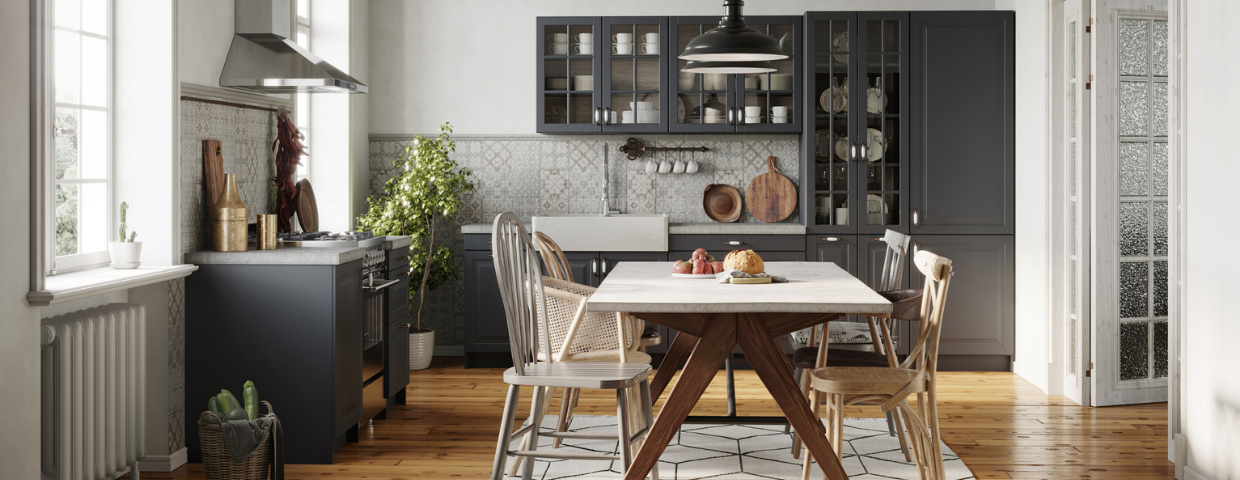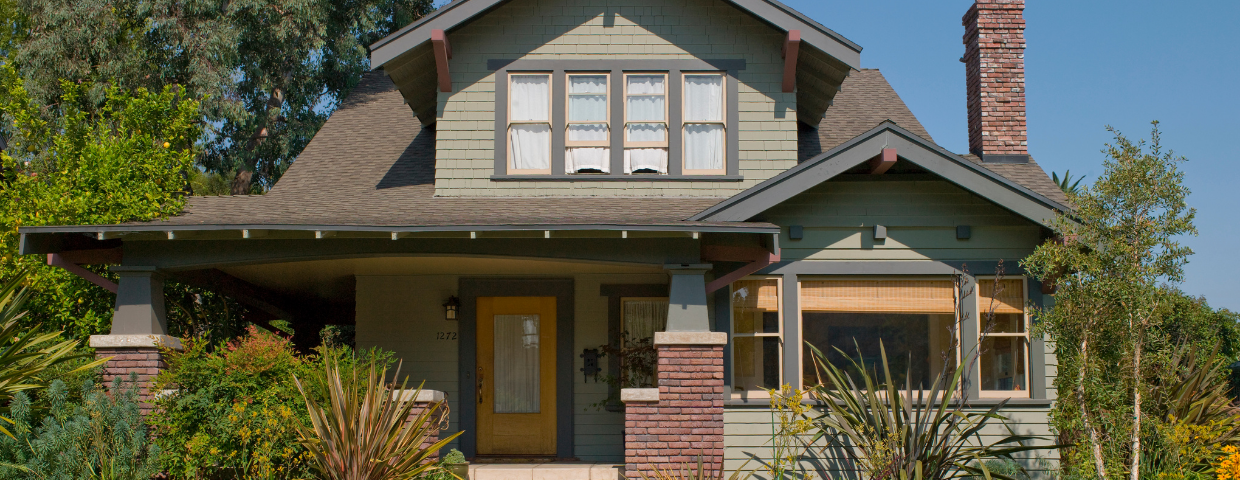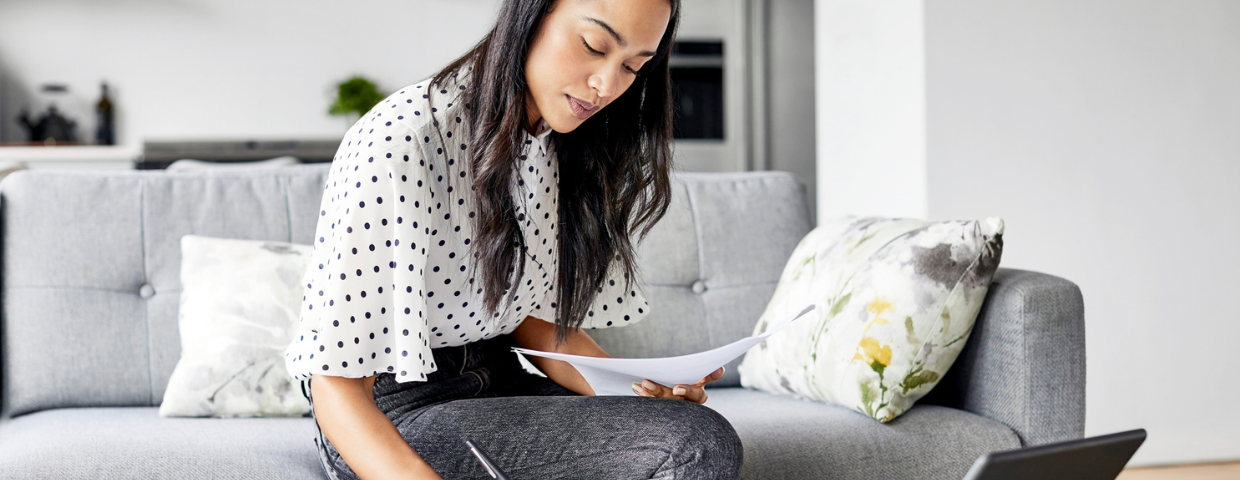What is a Buyer’s Agent?
A typical real estate transaction involves a buyer’s agent representing the buyer and a listing agent representing the seller. A buyer’s agent helps the buyer identify potential homes to pursue, advises them on negotiations, and helps navigate any hurdles during the buying process. Once they are under contract, the buyer’s agent will work to close the sale, monitoring all the key dates and deadlines along the way. Once the transaction is complete, buyer’s agents split the commission of the sale with the listing agent.
Advantages of Working with a Buyer’s Agent
Find the Right Home
A buyer’s agent not only possess expert knowledge of local market conditions, but they also have access to tools that will help their clients see the widest array of available homes, and eventually, find the right home. By exploring the Multiple Listing Service (MLS), they can access the vastest network of available listings, and receive up-to-date alerts on open houses. They are usually the first to know when a home hits the market and are sometimes aware of homes that are scheduled to list in the near term. Buyer’s agents can advise their clients on how a home’s outstanding repairs and improvements could affect their decision to purchase, whether the home is in need of an inspection, and discuss the necessity of a home warranty.
To get an idea of which homes you can afford, use our free Home Monthly Payment Calculator by clicking the button below. With current rates based on national averages and customizable mortgage terms, you can experiment with different values to get an estimate of your monthly payment for any listing price. By using the Home Monthly Payment Calculator, you’ll be better informed when working with your agent to find the right home.
Save Time
Buying a home takes time, but a buyer’s agent will help streamline the buying process. This includes paying close attention to their client’s budget and preferences in order to focus their home search to only those listings that match their needs. Buyers can then decide which homes they would like to view in-person and their agent will contact the corresponding listing agent to set up showings. Buyer’s agents are founts of knowledge, able to provide or track down information a buyer may not be able to readily access on their own. Additionally, they are connected to a network of professionals and can produce references for mortgage brokers, real estate attorneys, inspectors, and more as needed.
Making an Offer
Once you’re ready to make an offer on a home, the importance of working with a buyer’s agent kicks into high gear. There are many different elements that impact an offer’s success, and this is where a good buyer’s agent’s specialty lies. Through their expertise, they can help their clients craft a more competitive offer and negotiate as needed. Sometimes the most competitive offers are not just about the price. Offers can win when a buyer’s agent has researched the seller’s needs and pulled together an offer that speaks to those needs. Any advantage buyers can gain to make their offer stand out will strengthen their case. This is especially important in competitive markets when multiple competing offers are on the table.
Throughout the process of making an offer on a home, a buyer’s agent is there to answer any questions that may arise and pore over the details so that nothing goes unnoticed. This is critical since sellers will likely toss aside any offers that come in with missing documents, errors in the contract, and other inconsistencies. When buying a home, buyers often fear that they will miss something during the buying process, that they are going to pay too much, that there will be something wrong with the house after they buy it, or that they’ll lose the home to another buyer. Buyer’s agents help to alleviate these stresses and make sure the buying process runs smoothly.
When determining which agent to work with, it’s important to ask questions to gain an understanding of their expertise, see their personality, and get a gauge of how well they understand what you’re looking for in a home. If you would like some help connecting with an agent, you can get started here:
 Facebook
Facebook
 X
X
 Pinterest
Pinterest
 Copy Link
Copy Link














